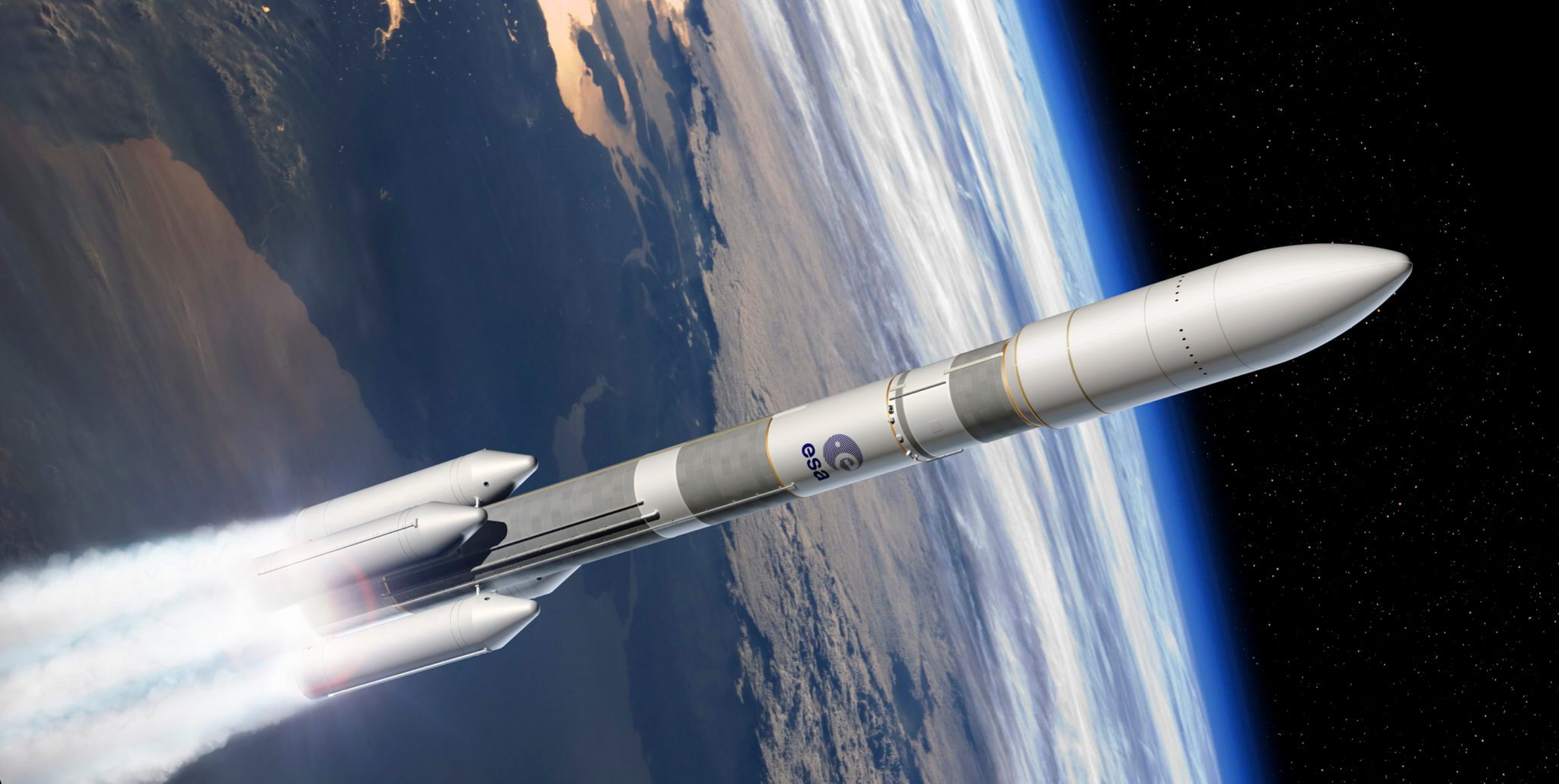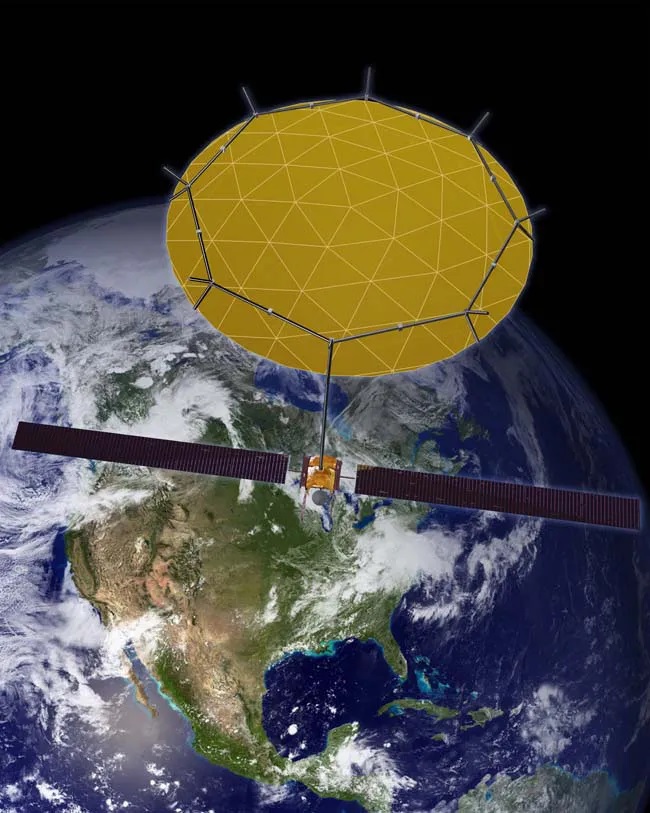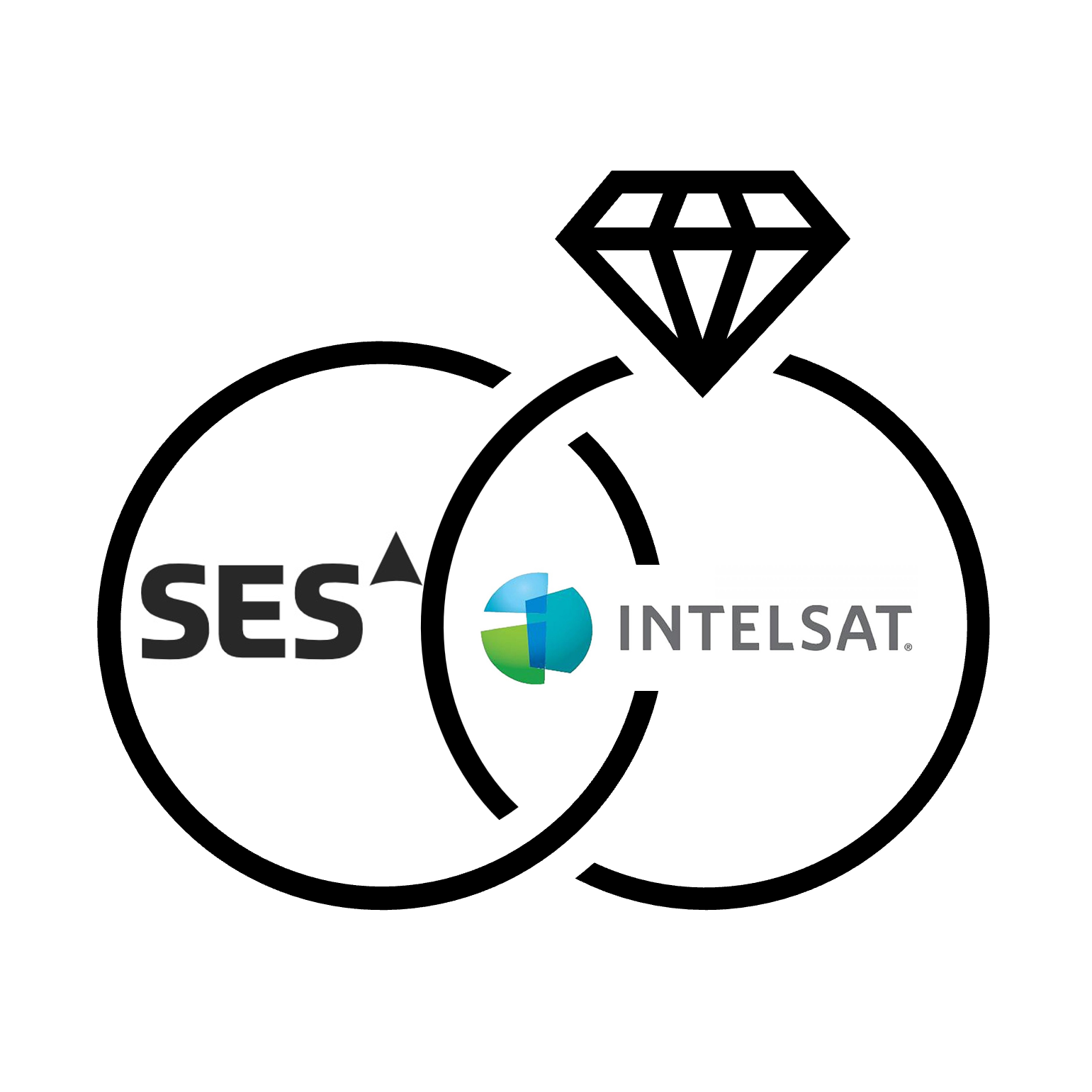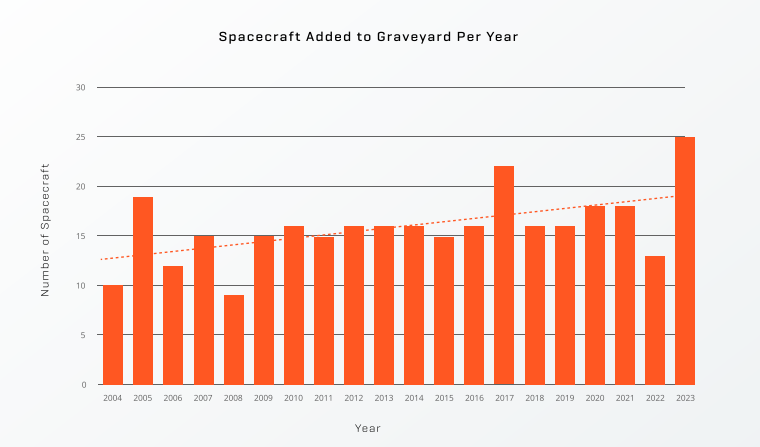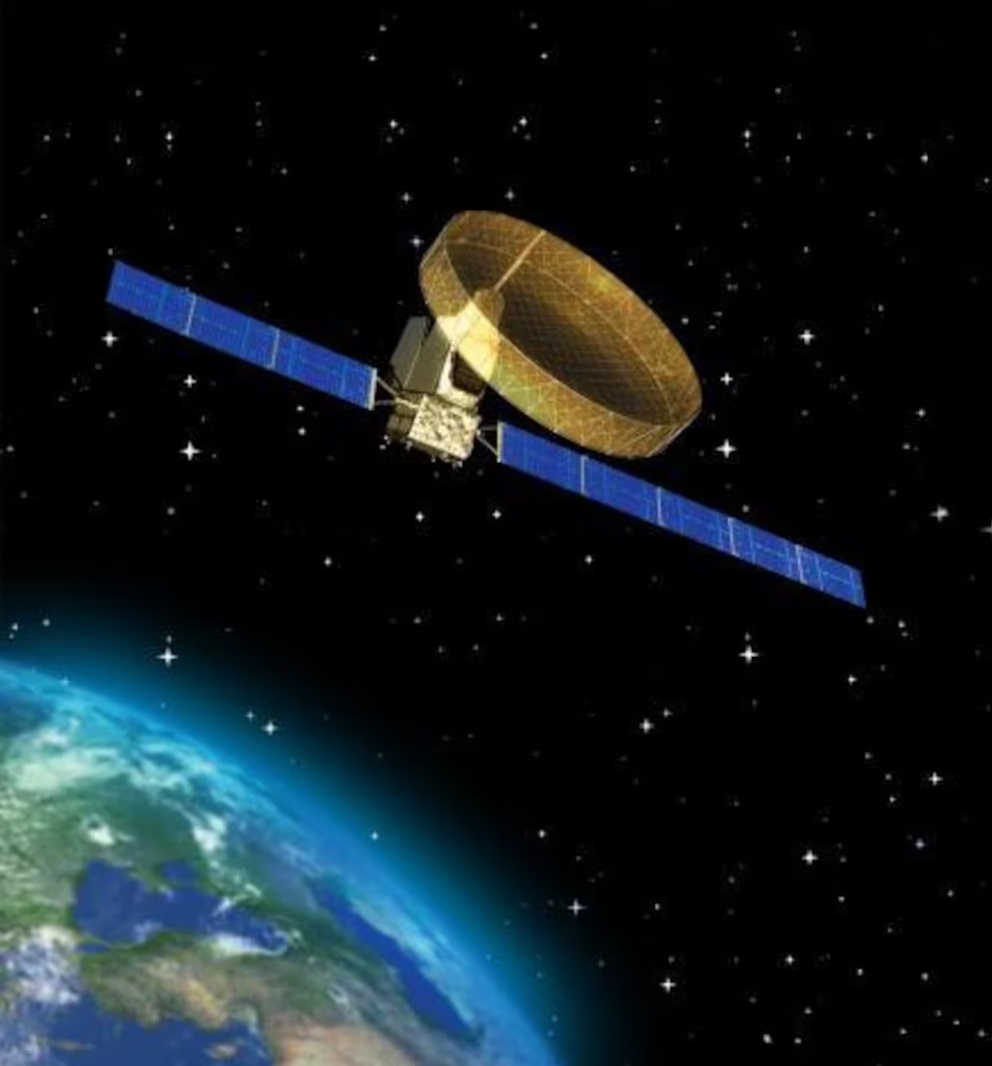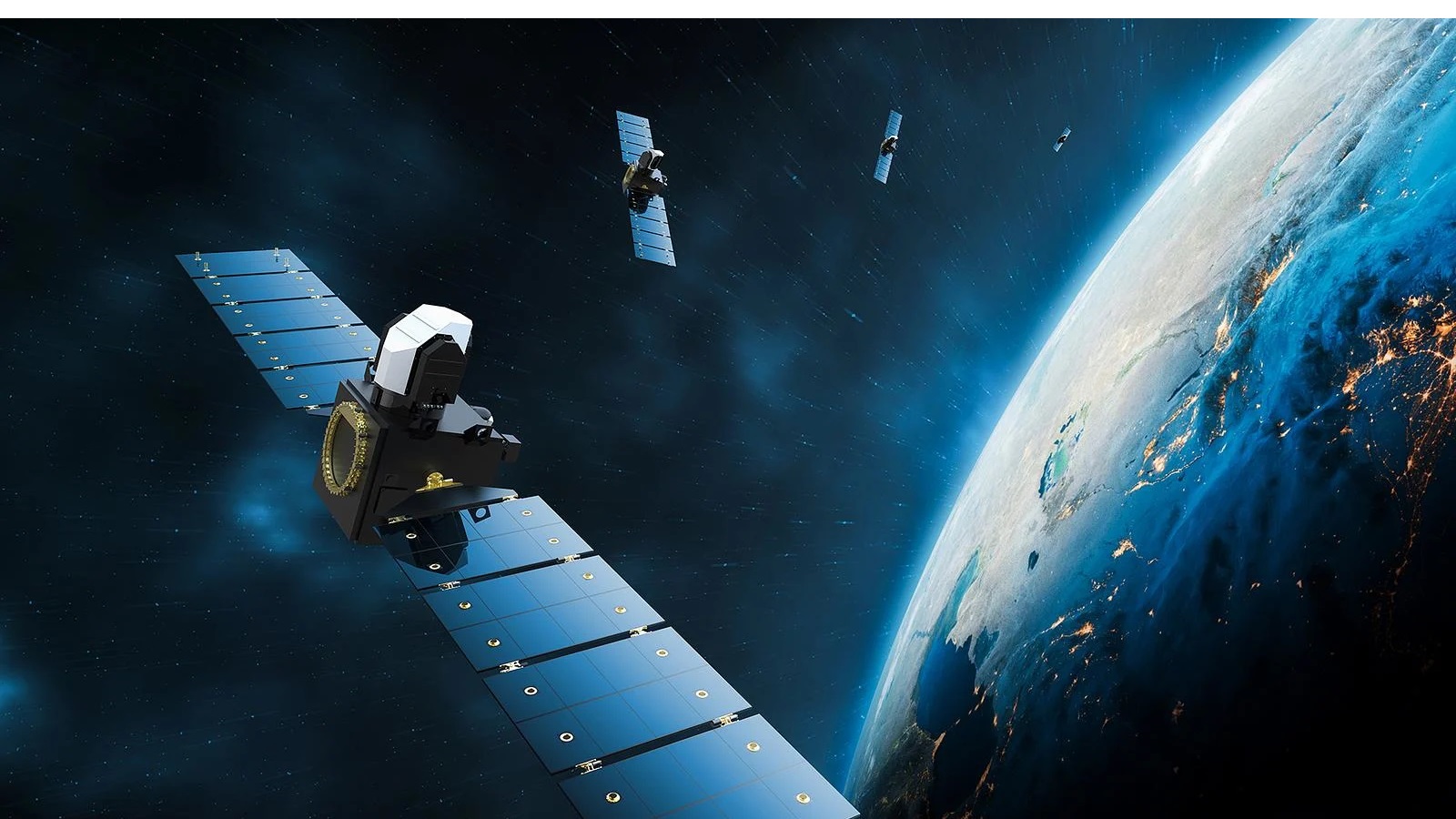At the Space Symposium 2017 conference in Colorado, the European Commission (EC) – the European Union’s (EU) executive and policy making arm – announced that it would ask European states to fly on Arianespace Ariane 6 and Vega-C rockets. Elzbieta Bienkowska, the EC’s Space Commissioner. even committed the EU to buying five expendable Ariane 6 and two Vega-C launches per year. Bienkowska had reportedly been convinced by Airbus Safran Launches and Arianespace that a guaranteed flight number would be needed to ensure the economic viability of the rockets.
An article in Space News (by Caleb Henry) reported that Bienkowska believed US government launches were effectively subsidising the country’s commercial launch offering, and that to level the playing field, Europe should do the same.
Comment by David Todd: Due to a strategic planning failure, Europe’s rockets are too expensive and will continue to be so. Thus, to ensure their survival the EU taxpayer will have to subsidise them. This could be done directly, but from the above, it seems more likely that European nations and even European commercial entities will be coerced into using Europe’s woefully uneconomic and expensive rockets.
Meanwhile, the US’s cheaper SpaceX and Blue Origin partially reusable rockets are rapidly becoming the rockets of choice for European satellite operators, and are likely to become even more so once reusability operations become routine, lowering their launch prices further.
So how did Europe – once dominant in commercial launches – get into this position? The reason is that the Franco-German-dominated European rocket building industry made the wrong choices. In effect, it looked to what it had, or what would give the French, German (and Italian) industries the most work, rather than to what it really needed. In doing so, it failed to heed advice from many rocket experts to miss out on developing new expendable rockets and instead “jump a step” and move on to much more economical reusable systems like the Falcon 9, or even the UK Reaction Engines’ Skylon concept (this writer is a small shareholder).
So, while the new expendable Ariane 6 is much less costly than the admittedly reliable Ariane 5 (it is really what the Ariane 5 should have been all along), it is still too expensive when compared to a partially reusable rocket like Falcon 9. Thus the Ariane 6 looks likely to become a very interim rocket indeed, once Europe realises where it went wrong.
Still, it could have been worse. While building Ariane 6 is probably a partial waste of time and money, at least Europe did not build an upgraded Ariane 5 as well, which was also on the cards at one point.
And it is not just the Ariane 6 that looks likely to struggle. The smaller Vega C will do so as well, even if it is cheaper per kg than its Vega forerunner. The current Vega is a reliable little rocket but should not really exist at all given its high price. Nevertheless, it had the luck of there being little choice in the market after the retirement of several other launch systems. Now that newer low-cost smaller expendable and partially reusable rockets are coming on stream, this could spell the end of Vega and Vega C – even with European taxpayer subsidies.

